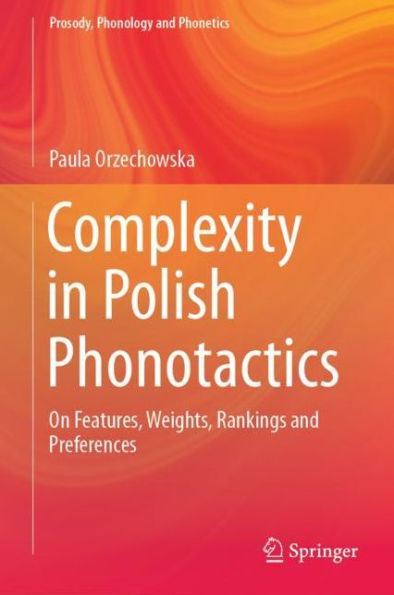5
1
9789811372988



Complexity in Polish Phonotactics: On Features, Weights, Rankings and Preferences available in Hardcover, eBook

Complexity in Polish Phonotactics: On Features, Weights, Rankings and Preferences
- ISBN-10:
- 9811372985
- ISBN-13:
- 9789811372988
- Pub. Date:
- 04/24/2019
- Publisher:
- Springer Nature Singapore
- ISBN-10:
- 9811372985
- ISBN-13:
- 9789811372988
- Pub. Date:
- 04/24/2019
- Publisher:
- Springer Nature Singapore

Complexity in Polish Phonotactics: On Features, Weights, Rankings and Preferences
$129.99
Current price is , Original price is $129.99. You
129.99
In Stock

Product Details
| ISBN-13: | 9789811372988 |
|---|---|
| Publisher: | Springer Nature Singapore |
| Publication date: | 04/24/2019 |
| Series: | Prosody, Phonology and Phonetics |
| Edition description: | 1st ed. 2019 |
| Pages: | 325 |
| Product dimensions: | 6.10(w) x 9.25(h) x (d) |
About the Author
From the B&N Reads Blog
